We may receive a commission when you use our affiliate links. However, this does not impact our recommendations.
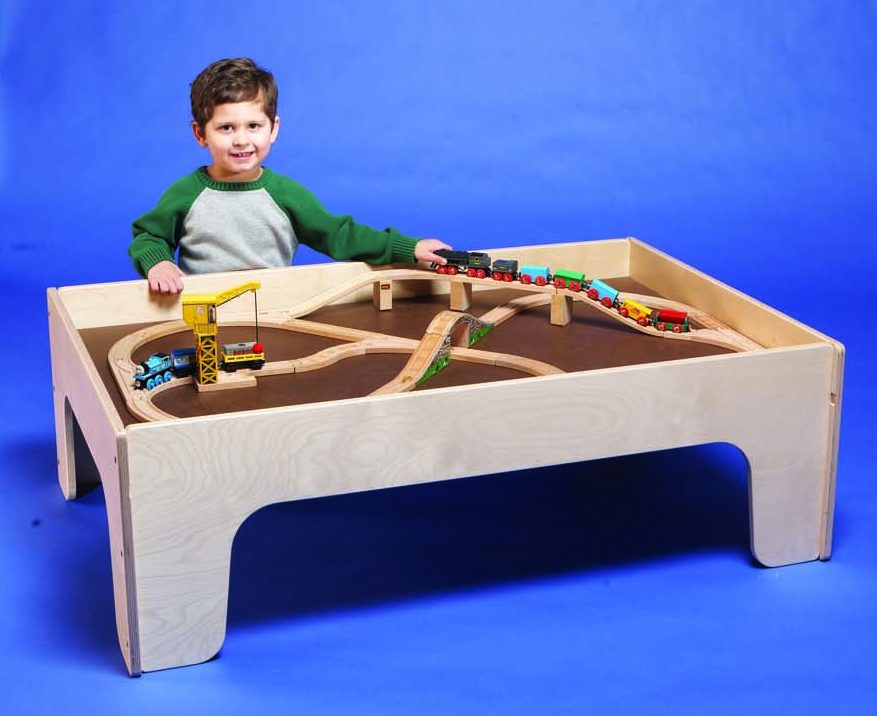
Easy to make, easy to assemble and built to last.
Back in the Paleozoic era, when I was a kid, one of my favorite pastimes was playing with a Brio wooden train set. I spread the tracks all over the living room floor, much to the consternation of a very tolerant mom.
Now that I’m the grandfather of a 3-year old who also loves wooden trains—especially Thomas the Tank Engine—I’ve built a play table based on a Brio design. It reigns in the play area and allows the 3-year old to stand, and me to kneel, while indulging our train fantasies. Of course, the table can also be used for Legos or blocks or anything kids like to assemble and knock down—its high sides prevent loose pieces from scattering over the house.
I’ve designed the table to be easy to take apart and put together. All of the pieces form a neat bundle for storing in a closet or shipping to kids that may live far away.
The best material for making the table is 3/4″ Baltic birch plywood. Having 13 plies, it’s extremely durable. Baltic birch comes in 5×5 sheets; other similar multi-ply products that would do just as well come in 4×8 sheets. To build the table, you’ll need one 5×5 sheet or half of a 4×8 sheet.
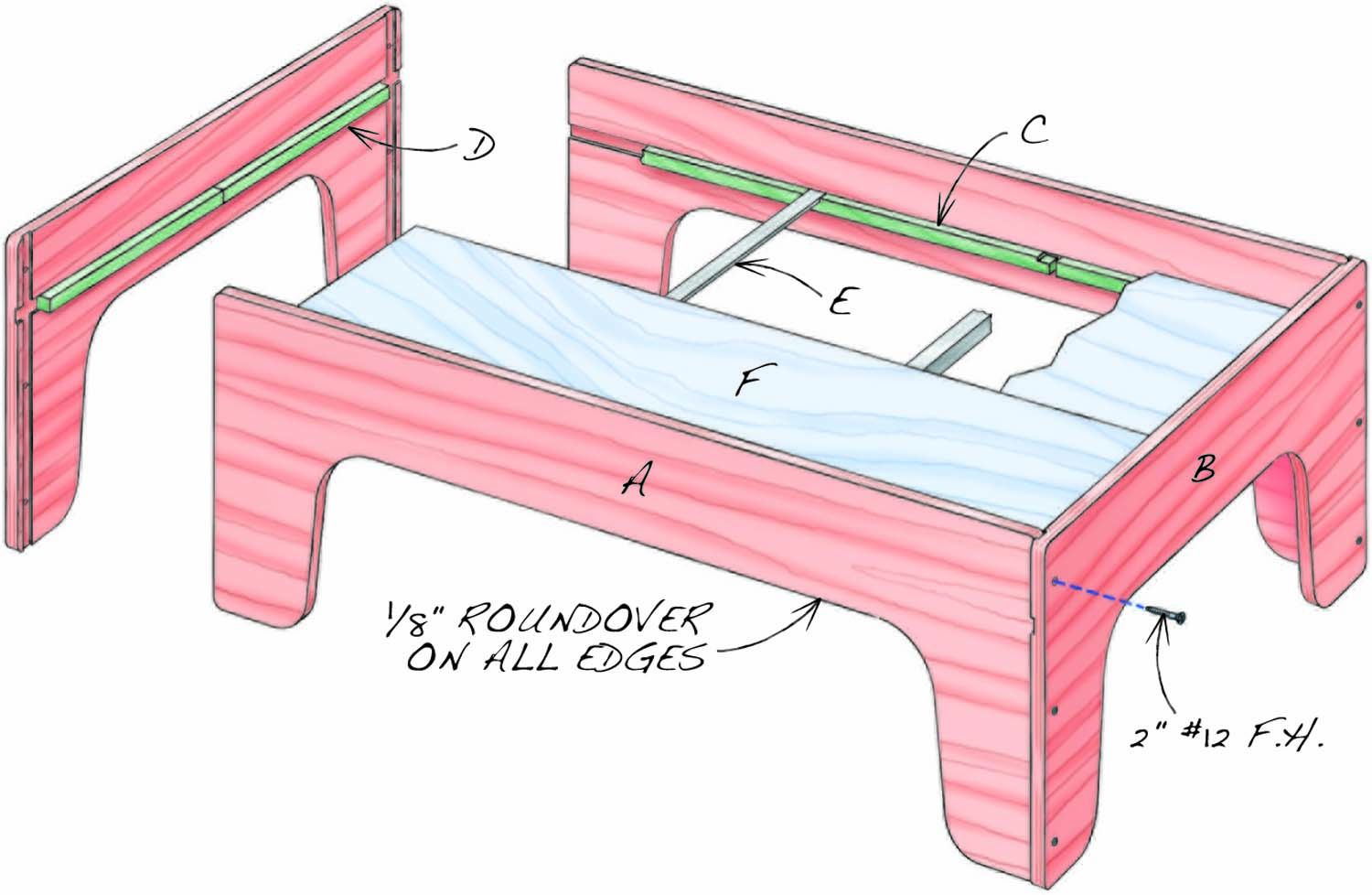
Fig. 01. Exploded View
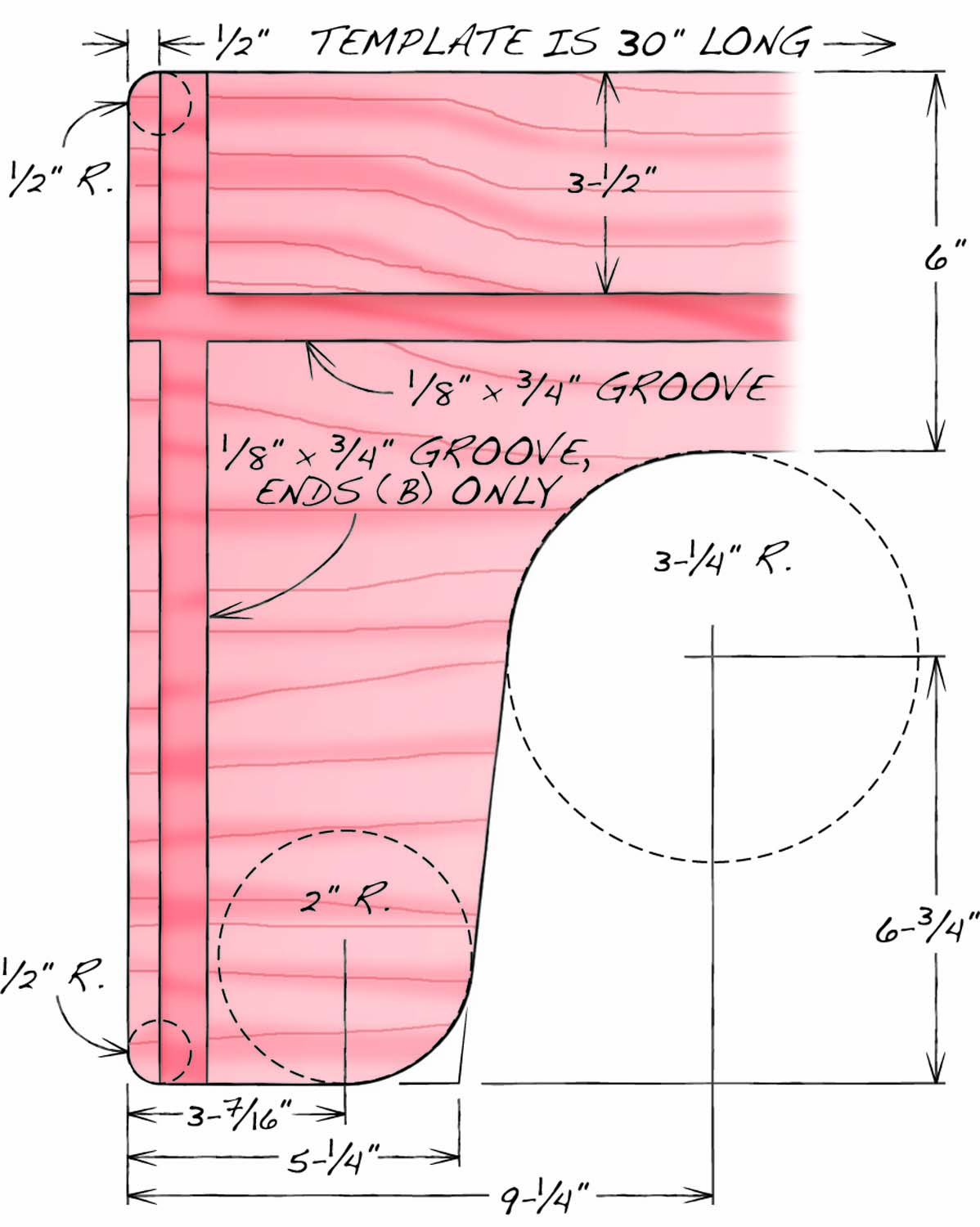
Fig. 02. Leg Pattern and Groove Layout
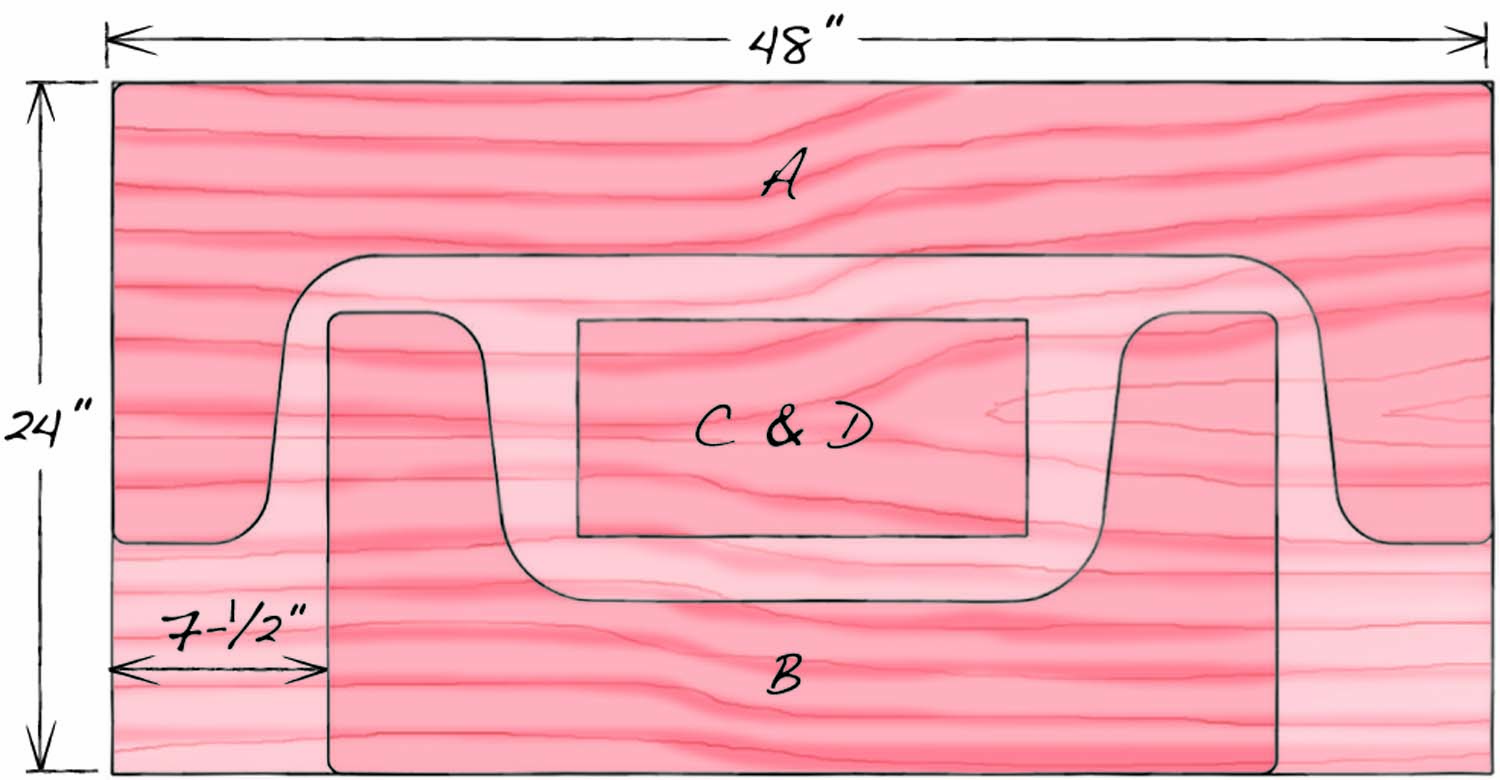
Fig. 03. Plywood Cutting Diagram

Fig. 04. Drilling Jig
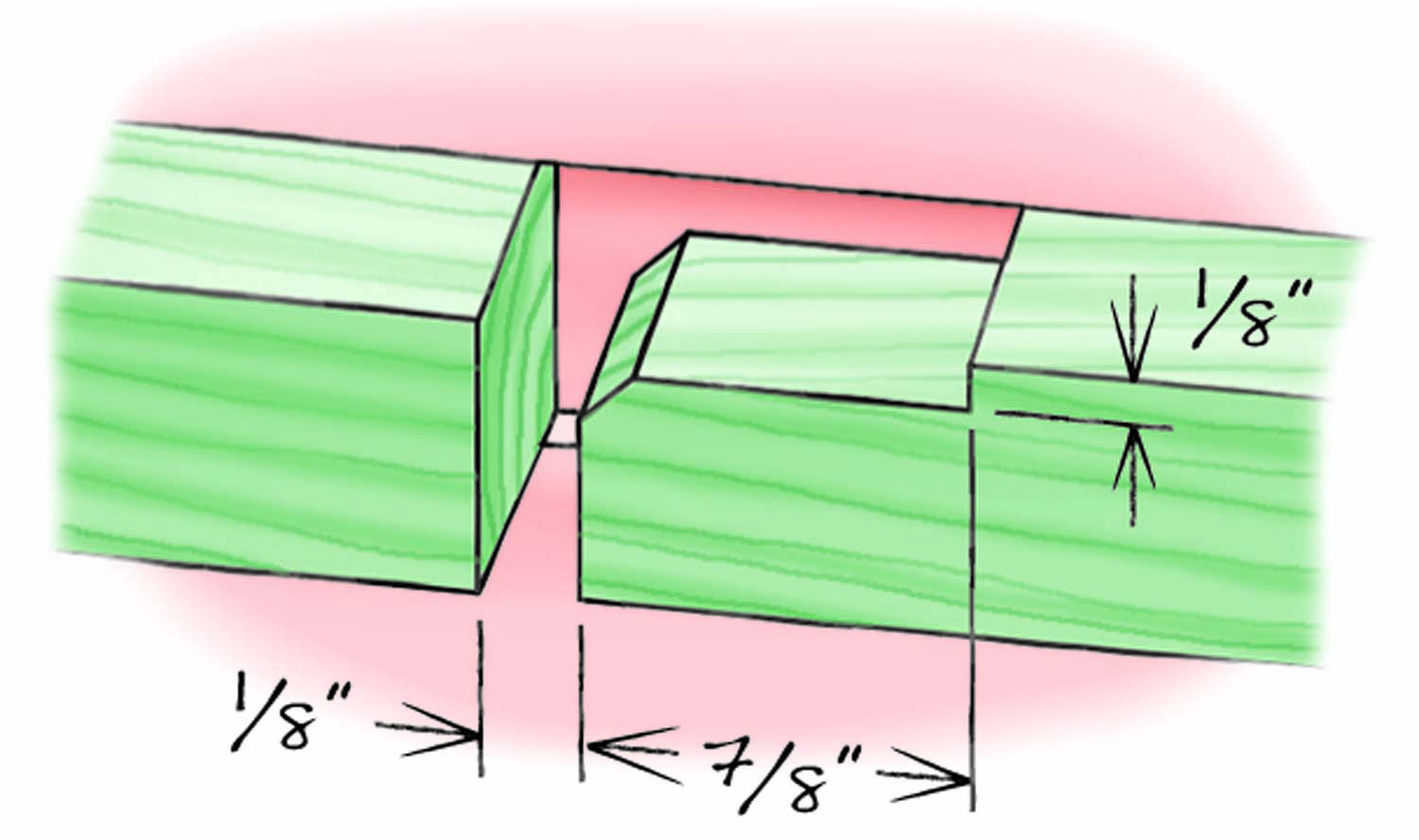
Fig. 05. Ledger Detail
Cutting List
|
Play Table |
||||
|
Overall dimensions: 16″ H x 49-1/4″ W x 33″ D |
||||
|
Part |
Name |
Qty. |
Material |
Th x W x L |
|
A |
Side |
2 |
Baltic Birch plywood |
3/4″ x 16″ x 48″ |
|
B |
End |
2 |
Baltic Birch plywood |
3/4″ x 16″ x 33″ |
|
C |
Side ledger |
6 |
Baltic Birch plywood |
3/4″ x 3/4″ x 15-5/8″ |
|
D |
End ledger |
4 |
Baltic Birch plywood |
3/4″ x 3/4″ x 14-1/2″ |
|
E |
Brace |
2 |
Steel angle iron |
1″ x 1″ x 30-1/2″ |
|
F |
Platform |
2 |
MDF |
1/2″ x 15-5/16″ x 47-3/4″ |
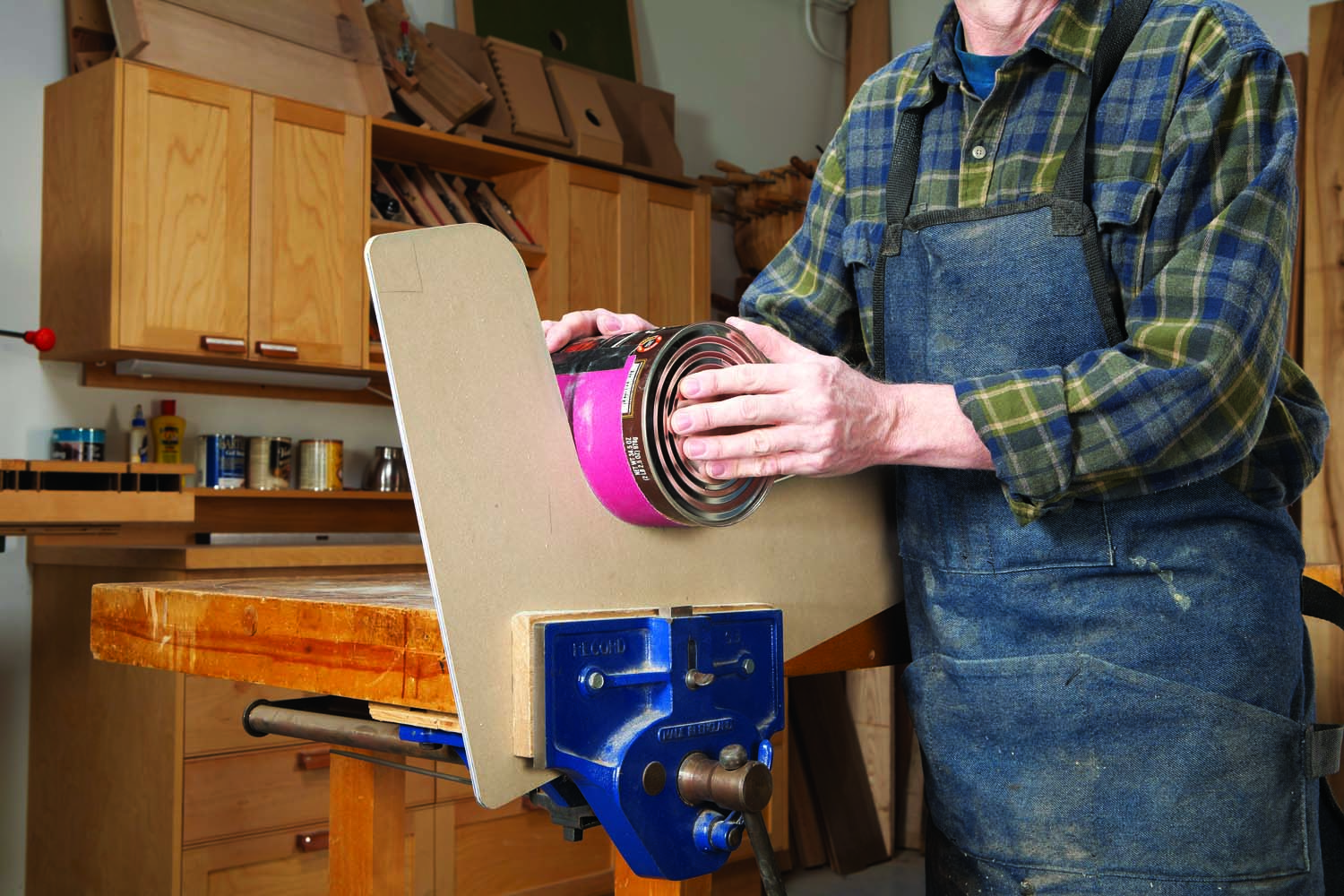
Photo 1. Make a template from thin plywood or MDF. You can draw this large curve by tracing around a coffee can. Tape sandpaper around the can and rotate it to make the template smooth.
Before you cut into the plywood, make a template for one of the table’s legs (Fig. 02). Use 1/4″ MDF, hardboard or plywood—MDF is best because it’s very easy to shape and sand smooth (Photo 1). Make the template at least 30″ long, so it will overlap the center of the table’s longest sides. Cut the template’s straight sections on the tablesaw to ensure that they’re square. Cut the curved portions using a jigsaw or bandsaw, then sand them to remove any lumps or divots.
Use the template to lay out the table’s sides (A) and ends (B) on your plywood (Fig. 03). Cut the plywood into two 24″ x 48″ pieces, so they’re easy to manage, then cut out the ends and sides. Stay about 1/16″ to 1/8″ away from the line, so the pieces are oversize. I used a jigsaw first, but the plywood tore out quite a lot. I got much better results when I switched to a bandsaw with a 1/4″ blade.
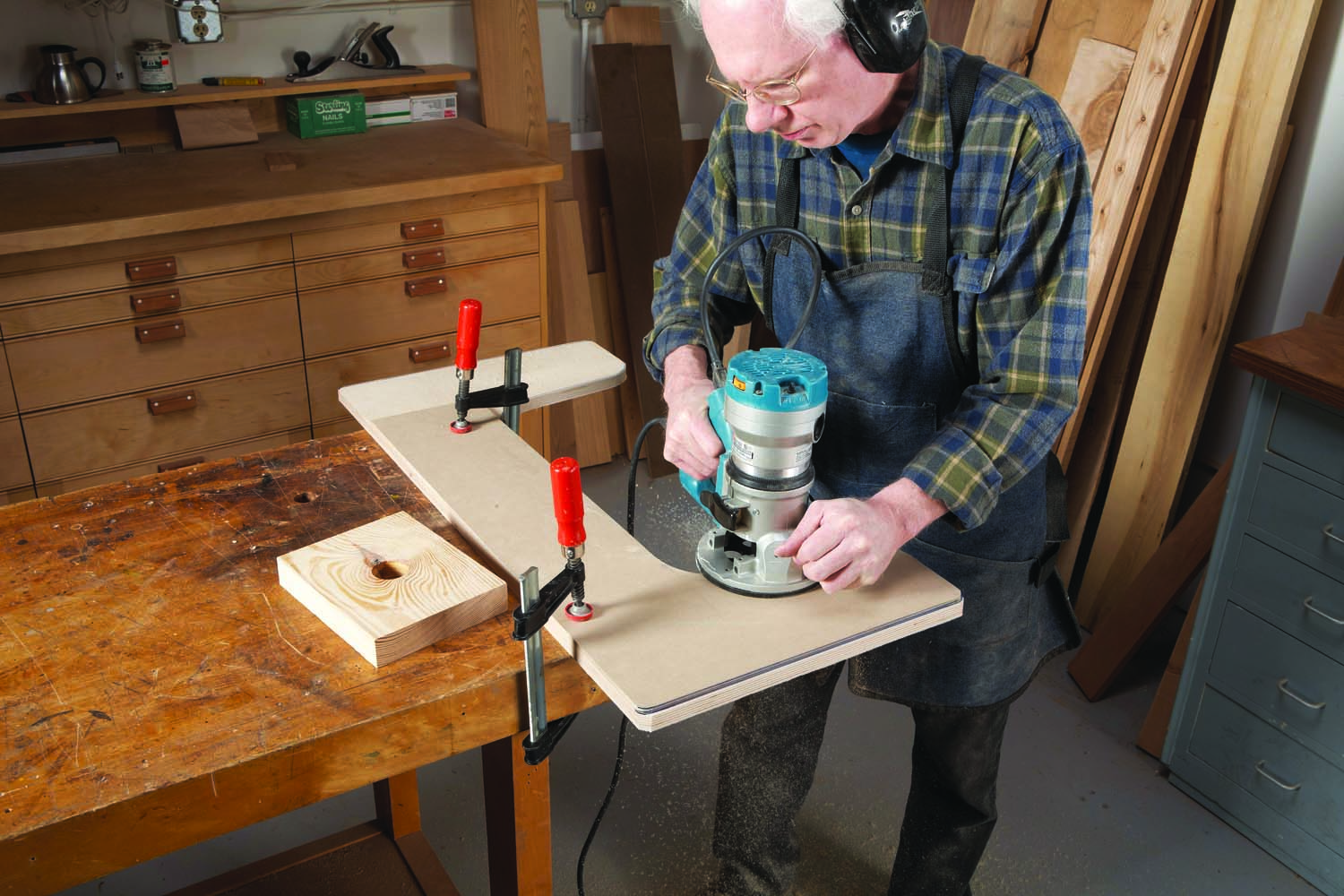
Photo 2. Trace around the template, using a router with a top-bearing pattern bit, to shape each side of the table. Always push the router counterclockwise.
Clamp the template to each piece and use it as a guide for your router, using a top-bearing pattern bit (Photo 2). When you’re done with all the pieces, use a 1/8″ roundover bit with a bearing to soften every exposed edge.
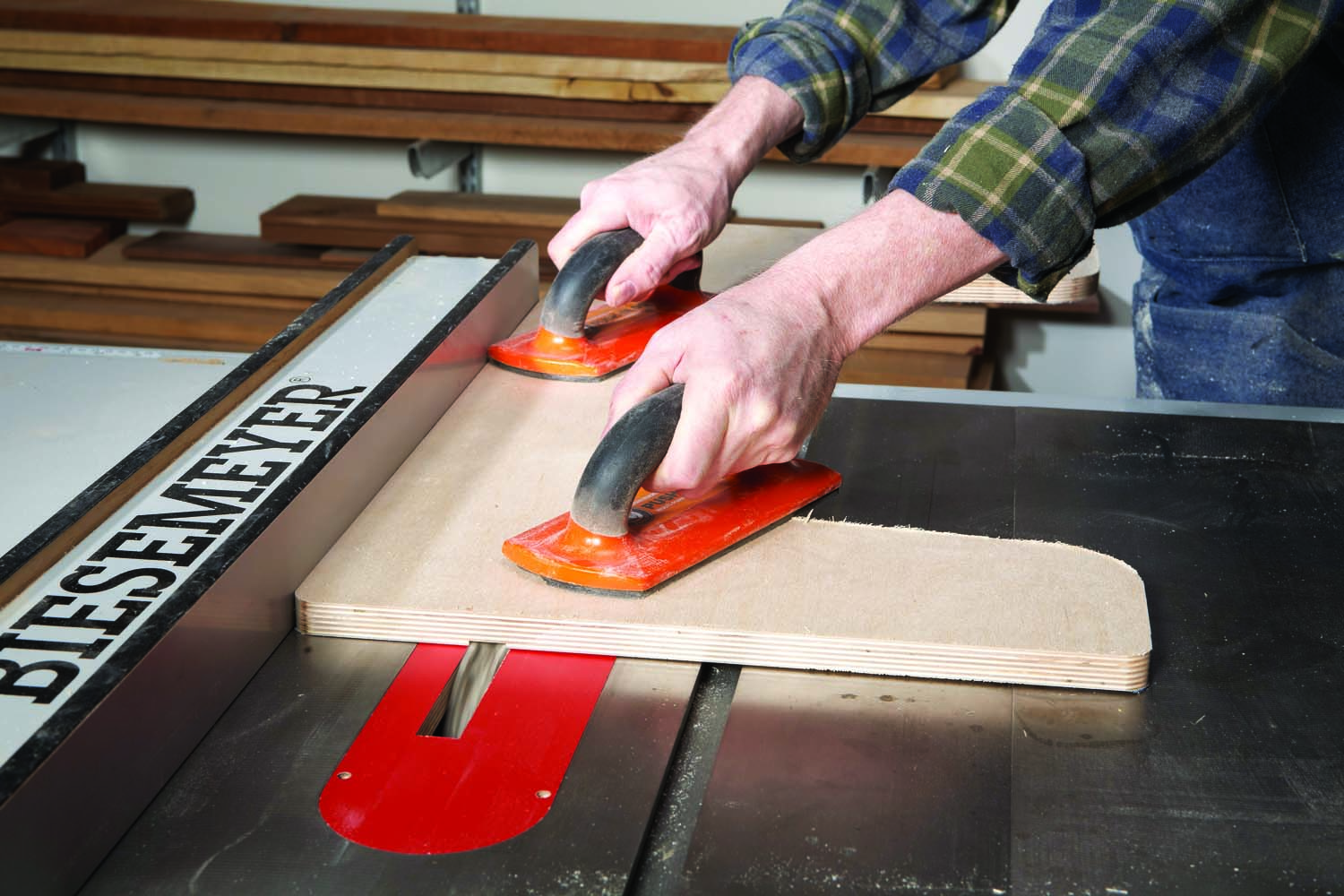
Photo 3. Saw dadoes down the length of the table’s sides and ends. These dadoes will receive the ledger strips that support the table’s platform.
Next, set up a dado set to make a groove that fits the plywood’s thickness. Your plywood will probably be a little less than 3/4″ thick, so you’ll have to use shims to make a groove that’s the correct width. Cut 1/8″ deep grooves down the length of all four side and end pieces (Photo 3). Set aside the side pieces, then cut vertical grooves down both legs of the end pieces. All of these grooves help align the parts when you assemble the table.
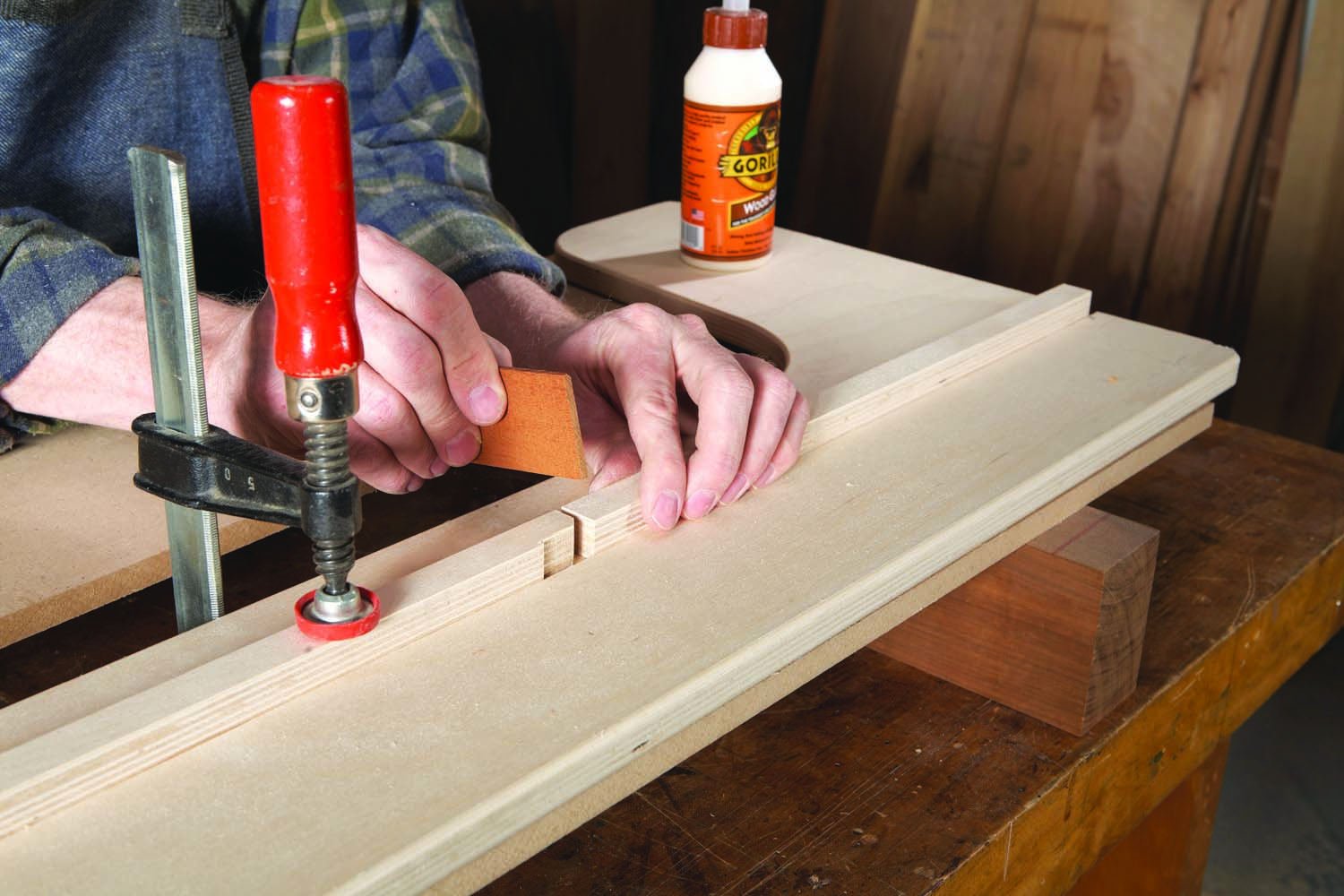
Photo 4. Glue the ledger strips in the dadoes. Use a spacer to make sure that there’s a 1/8″ gap between the ledgers that go in the table’s long sides.
Cut ledger strips (C and D) to fit into the grooves. Using the dado set, cut notches on both ends of two of the side ledgers (Fig. 05). Glue the ledgers into the grooves (Photo 4). On the side pieces, start with the middle ledgers and make sure they’re precisely centered. Use a 1/8″ spacer to position the outer ledgers.
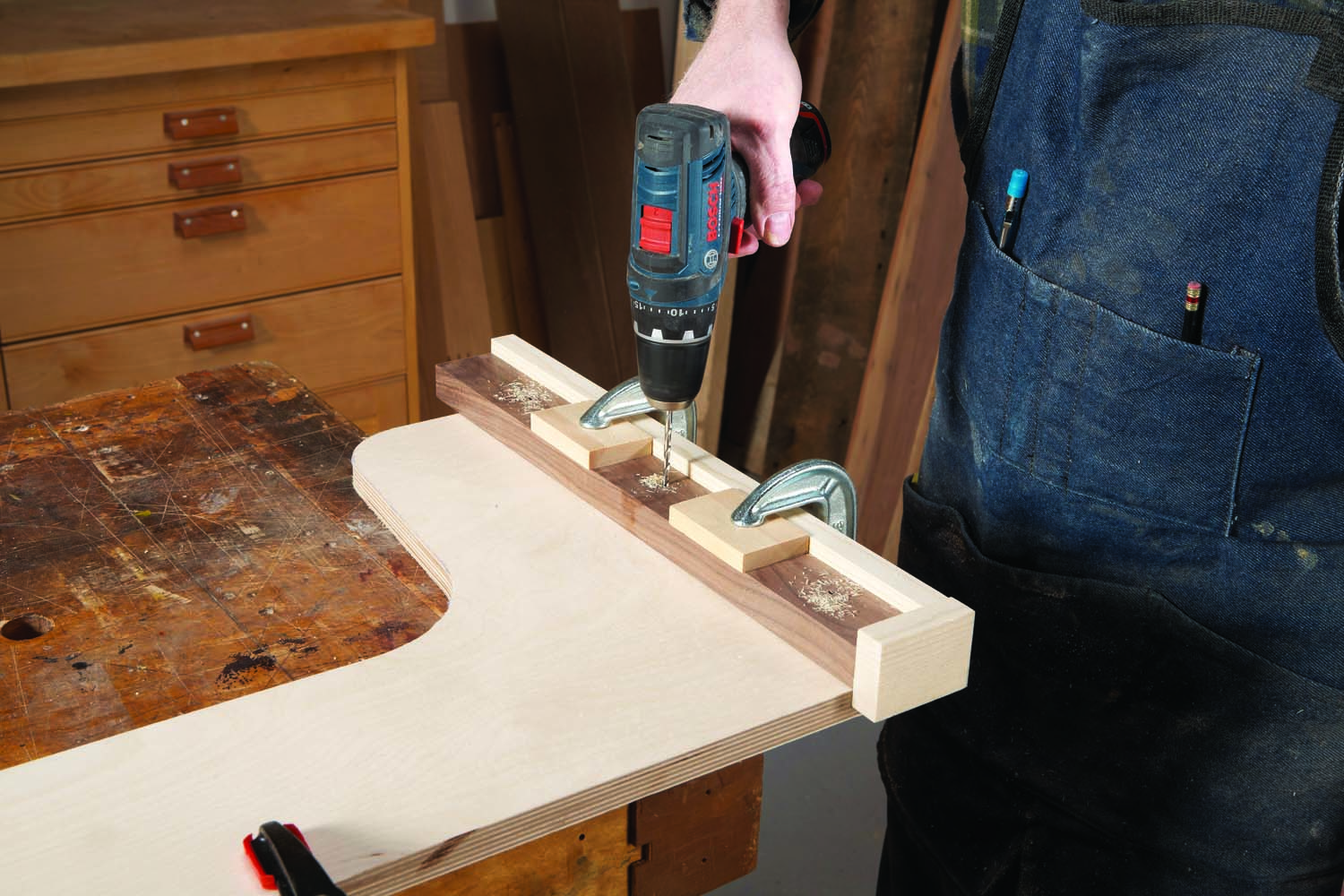
Photo 5. Drill holes for the screws that will hold the table together. Using this jig ensures that the holes will be plumb and in the right spot.
Drill holes through the end pieces for the screws that will fasten the table together (Photo 5). I built a reversible jig for this job (Fig. 04), but it’s not strictly necessary. Clamp the table together, making sure it’s square, and drill pilot holes into the side pieces (Photo 6). Install the screws.
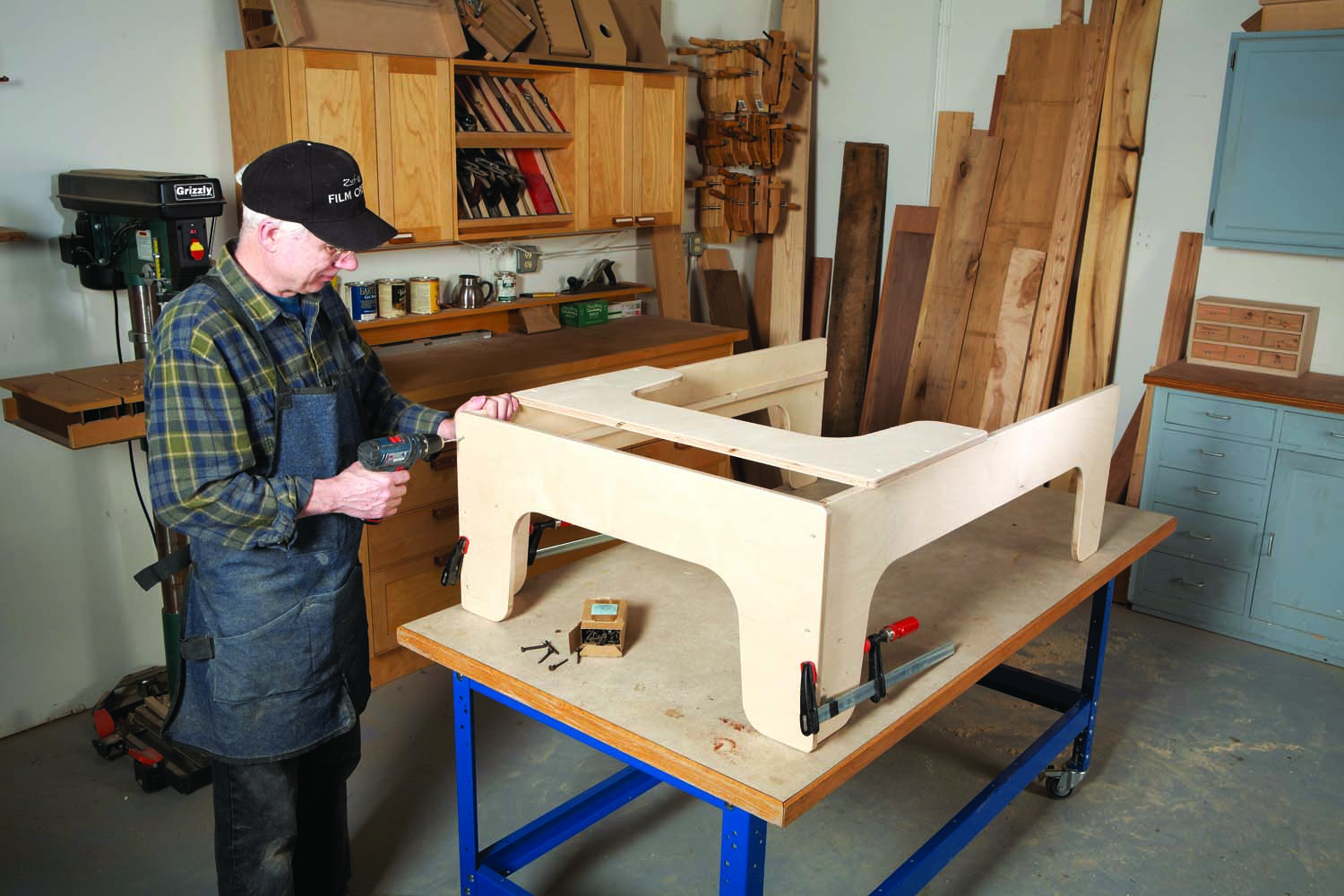
Photo 6. Fasten the table together. Place the second end piece on top of the sides to hold the table square. The end pieces have dadoes that lock the side pieces in position.
Measure the distance between the side rails, then cut pieces of steel angle iron (E) to fit. Drop the angle iron in the notches between the ledgers (Photo 7). The angle iron makes the table sturdy enough for a bunch of kids to dance on, should playtime get really out of hand!
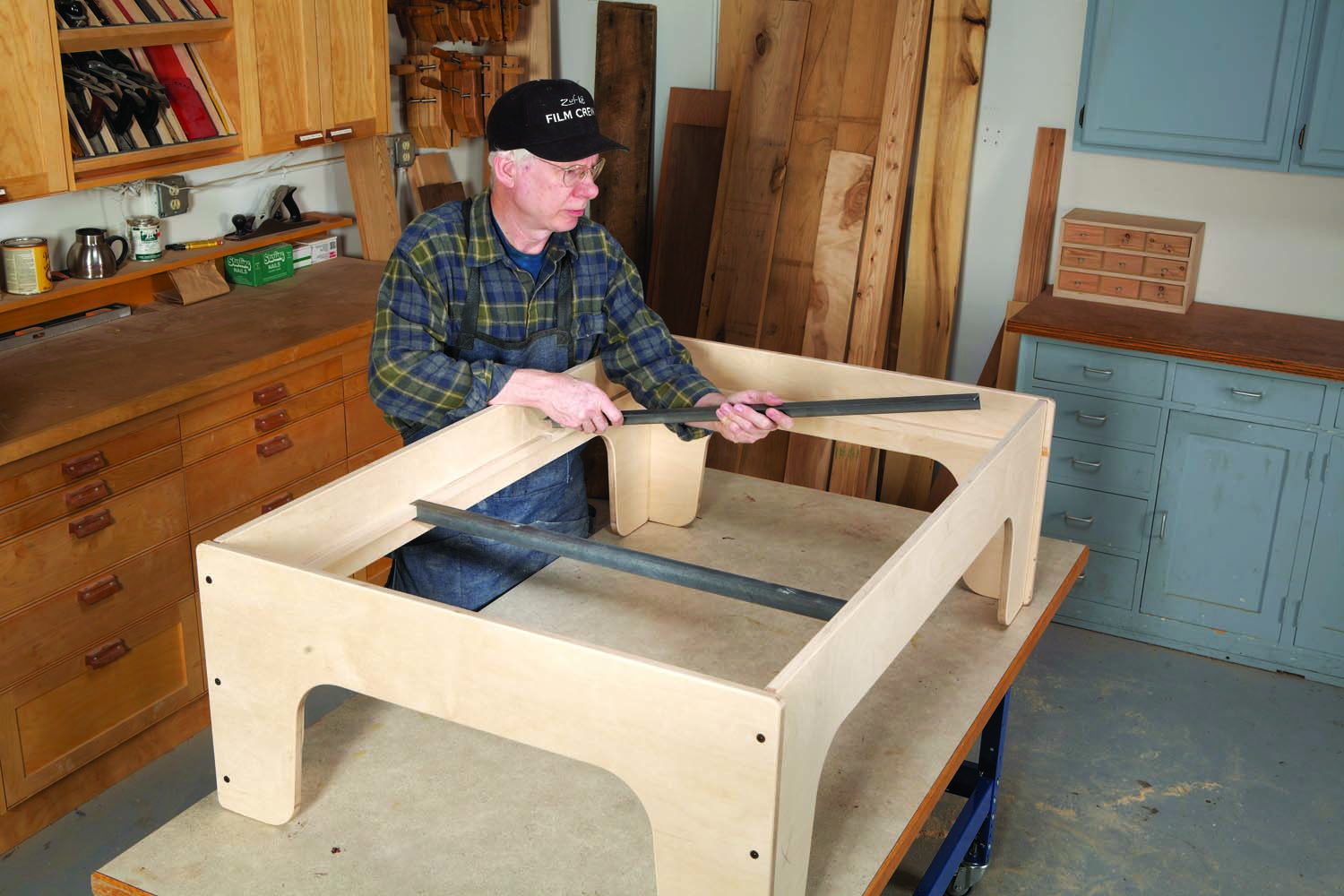
Photo 7. Install steel angle iron in the gaps between the ledger pieces. The rigidity of the angle iron prevents the platform from sagging.
Cut the platform (F) to fit. I made the platform from two pieces of 1/2″ MDF for more compact storage and connected the pieces with biscuits so they would stay aligned. You could also use 1/4″ hardboard for the platform, but it should be one big piece because it’s too thin to align with biscuits. Take the table apart and finish it with 3 coats of poly.
Here are some supplies and tools we find essential in our everyday work around the shop. We may receive a commission from sales referred by our links; however, we have carefully selected these products for their usefulness and quality.








